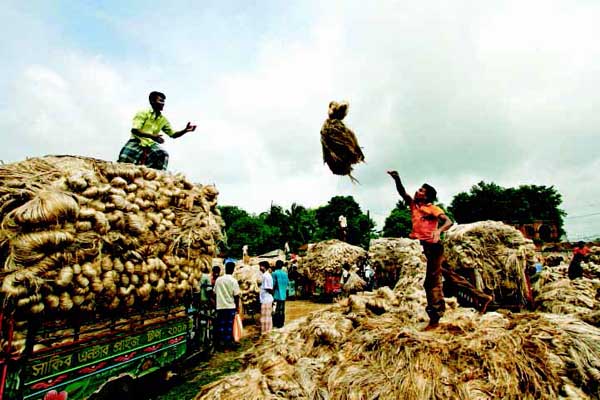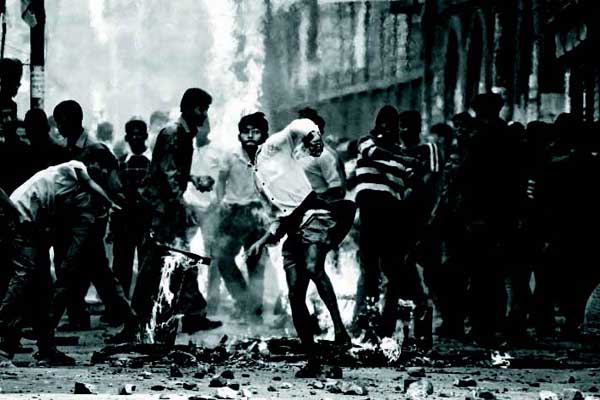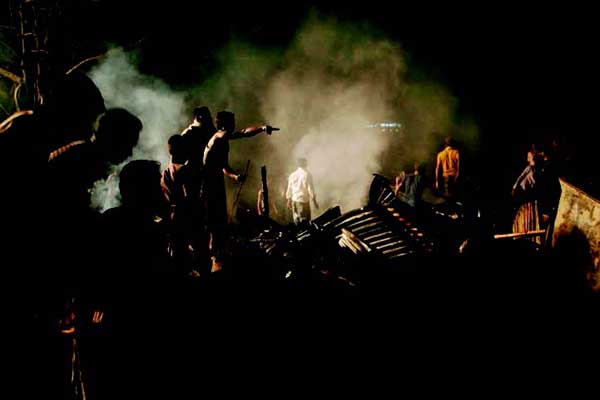Subscribe to ShahidulNews
Drik calendar 2012 now available:

A moment of crisis, a celebration, the unexpected, a dream realized, hidden truths, a reaffirmation of what we knew. Through TV screens, newspaper pages, giant electronic screens and tiny handsets, we gather, sift, scroll and parse news unfolding. Through twitter feeds, facebook and blogs, we circulate the news that we are fed, to inform, alert and mobilise those around us. Occasionally we question. The news photograph brings down powerful autocrats, highlights the plight of a single child, shines a spotlight on communities in strife, ignites the passion of victory, shares the tragedy of loss.

But the manufacture of consent has rarely been more engineered. With everything from wars to presidential campaigns being stage-managed and with mainstream news increasingly fed by official sources, reliance on usual sources of news images has become increasingly dangerous.

Majority world countries suffer particularly from stereotypical representations, and with media-mergers creating ever more powerful organisations, with tentacles that touch every aspect of our lives, our ?knowledge? of the world becomes increasingly more dominated by a few players. The need for news sources to be diverse and varied was never more urgent. With Getty and Corbis controlling the stock photo market, and Reuters, AP, AFP and EPA dominating the wires, massaging the truth is a norm that infiltrates our consciousness. The barriers between news and entertainment becomes increasingly blurred. Advertorials, product placements, well planted press releases package marketing hype through the Trojan horse of sponsored sound-bites and gritty footage masquerading as news.

Popular uprisings orchestrated through selected and sometimes fictional ?news feeds? are used to justify invasions, occupation and the murder and demonization of leaders who have outlived their usefulness. Propaganda in the guise of news, calls for selective applications of the Geneva Convention and international laws. Murder is justified, genocide glossed over. News channels hailed as the champions of the underdogs, know when to change their tune , towing the party line.

The majority world has traditionally been represented by white, middle class, western photographers. But having local photographers is not sufficient in itself. As long as editorial control remains in the North, stories will continue to have a northern slant. As long as major corporations own the media, reporting will always serve the interests of the wealthy. The only way this can be challenged is through alternative sources being formed that are independent of western and corporate media. Lean, efficient, fluid media entities that can outmaneuver the media giants, creating fissures in smooth storytelling of the mega media machinery, allowing a different truth to emerge through the cracks.

DrikNEWS is such a guerilla resistance against media occupation. The agency, an independent body of Drik Picture Library uses the powerful mix of new technology and grassroots reporting, to challenge established media, especially through citizen journalism and rural reporting. Through professionals immersed in their communities, and unhindered by the strings of corporate control, it tells stories that go against the grain. Combining powerful tools available through new technologies, linked with an extensive network of passionate reporters, the pioneers of digital technology in Bangladesh have combined the global reach of new media, with the local sensitivity of rural journalists nurtured by their communities. This is news for the people told the way only the people can tell.
